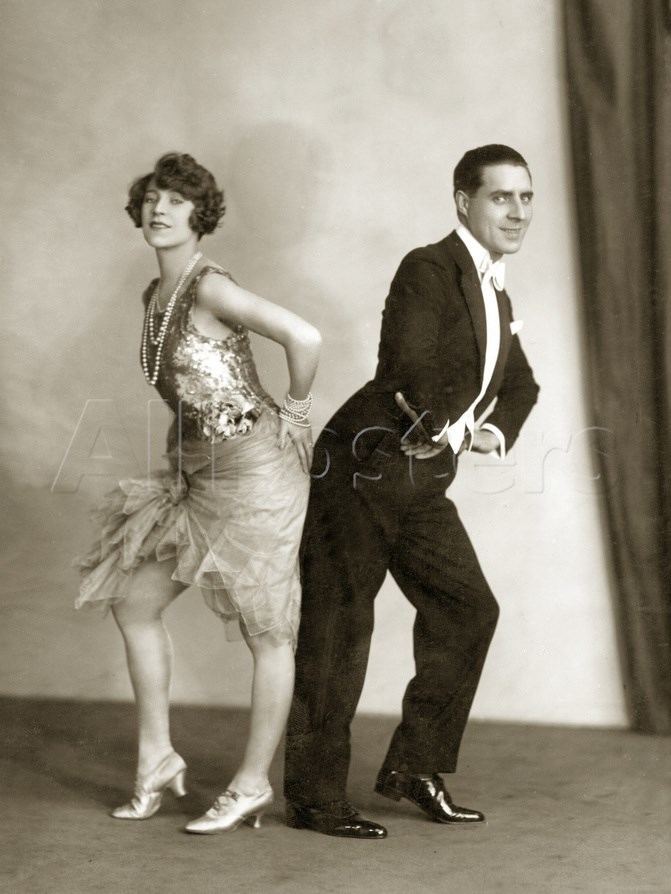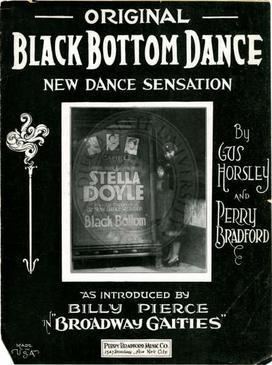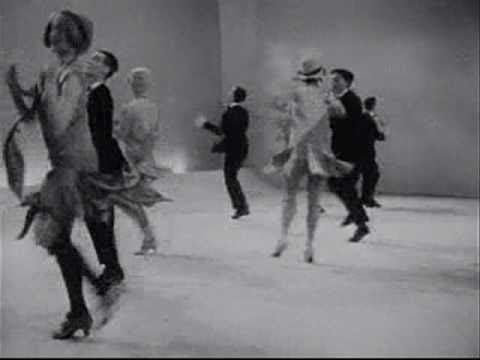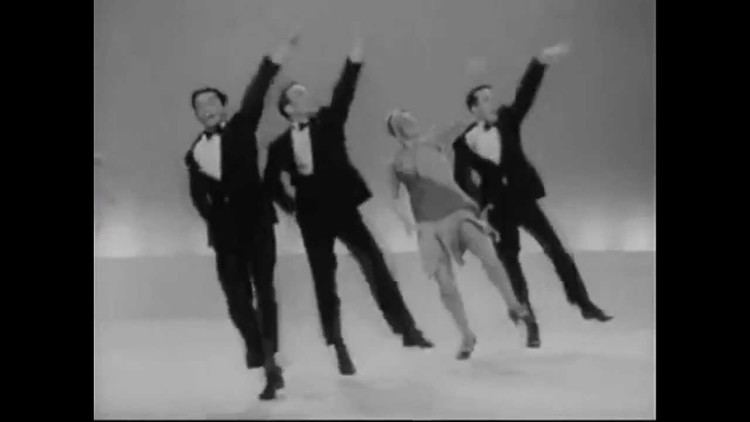 | ||
The black bottom is a dance which became popular in the 1920s—the Roaring Twenties, also known as the Jazz Age, and the era of the flapper. It was danced solo or by couples.
Contents

Originating among African Americans in the rural South, the black bottom eventually was adopted by mainstream American culture and became a national craze in the 1920s. The dance was most famously performed by Ann Pennington, a star of the Ziegfeld Follies, who performed it in a Broadway revue staged by Ziegfeld's rival George White in 1926.

Origins

The dance originated in New Orleans in the first decade of the 20th century. The jazz pianist and composer Jelly Roll Morton, wrote the tune "Black Bottom Stomp", its title referring to the Black Bottom area of Detroit.

"The Original Black Bottom Dance" was printed in 1919. It came from an earlier dance called "Jacksonville Rounders' Dance", printed in 1907. The word rounder was a synonym for pimp. Both "dance-songs" were written by the black pianist, composer and dancer Perry Bradford and were based on a dance done in Jacksonville, Florida, "way back." One professional dancer stated, "That dance is as old as the hills."

Sheet music from the mid-20s identifies the composers as Gus Horsley and Bradford and claims the dance was introduced by the African-American dancer and choreographer Billy Pierce. The sheet music's cover photograph features dancer Stella Doyle, who performed primarily in cabarets.
The black bottom was well known among semirural blacks across the South. A similar dance with many variations was commonly performed in tent shows, and "Bradford and Jeanette" had used it as a finale.
The dance was featured in the Harlem show Dinah in 1924 and was then performed by Ann Pennington and Tom Patricola in the musical comedy revue George White's Scandals of 1926 on Broadway, whereupon it became a national craze. The black bottom overtook the Charleston in popularity and eventually became the number one social dance. Some dance critics noted that by the time it became a fad in American society in the mid-20s, it resembled the Charleston. Both dances can be performed solo or as a couple and feature exuberant moves.
The African-American choreographer Billy Pierce, who is credited on "Black Bottom Dance" sheet music with having introduced the dance, was an associate with the African-American choreographer Buddy Bradley. Working out of Pierce's dance studio in New York City, Bradley devised dance routines for Tom Pericola and other Broadway performers.
Dance steps
The rhythm of the black bottom is based on the Charleston. Bradford's version, printed with the sheet music, gave these instructions:
Hop down front then doodle back [doodle means "slide"]
Mooch to your left then mooch to the right
Hands on your hips and do the mess around,
Break a leg until you're near the ground {break a leg is a hobbling step]
Now that's the old black bottom dance
Instructions for the mooch are "Shuffle forward with both feet. Hips go first, then feet."
Legacy
"Ma Rainey's Black Bottom", a song by Ma Rainey, makes obvious allusions to the dance but is not itself dance music. Ma Rainey's Black Bottom is the title of a 1982 play by August Wilson, about exploits and experiences of African Americans.
The comedy musician Spike Jones, who became popular in the 1940s, performed a jaunty cover of the black bottom. His version, released on 78-RPM records, repeated a single measure of a piano solo in the middle of the song several times, each time continuing with a loud "crack!" as a joke to make the record sound broken.
